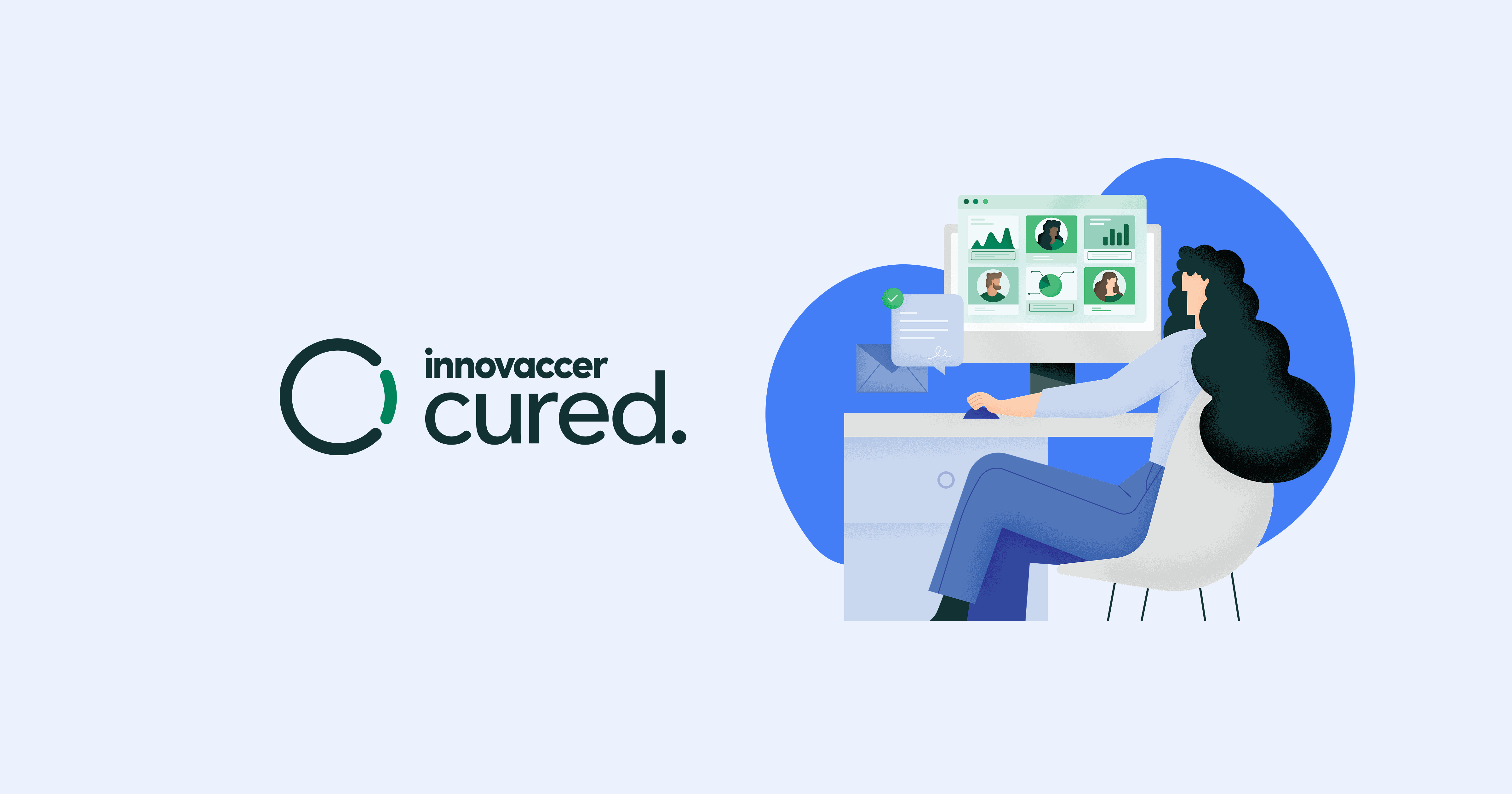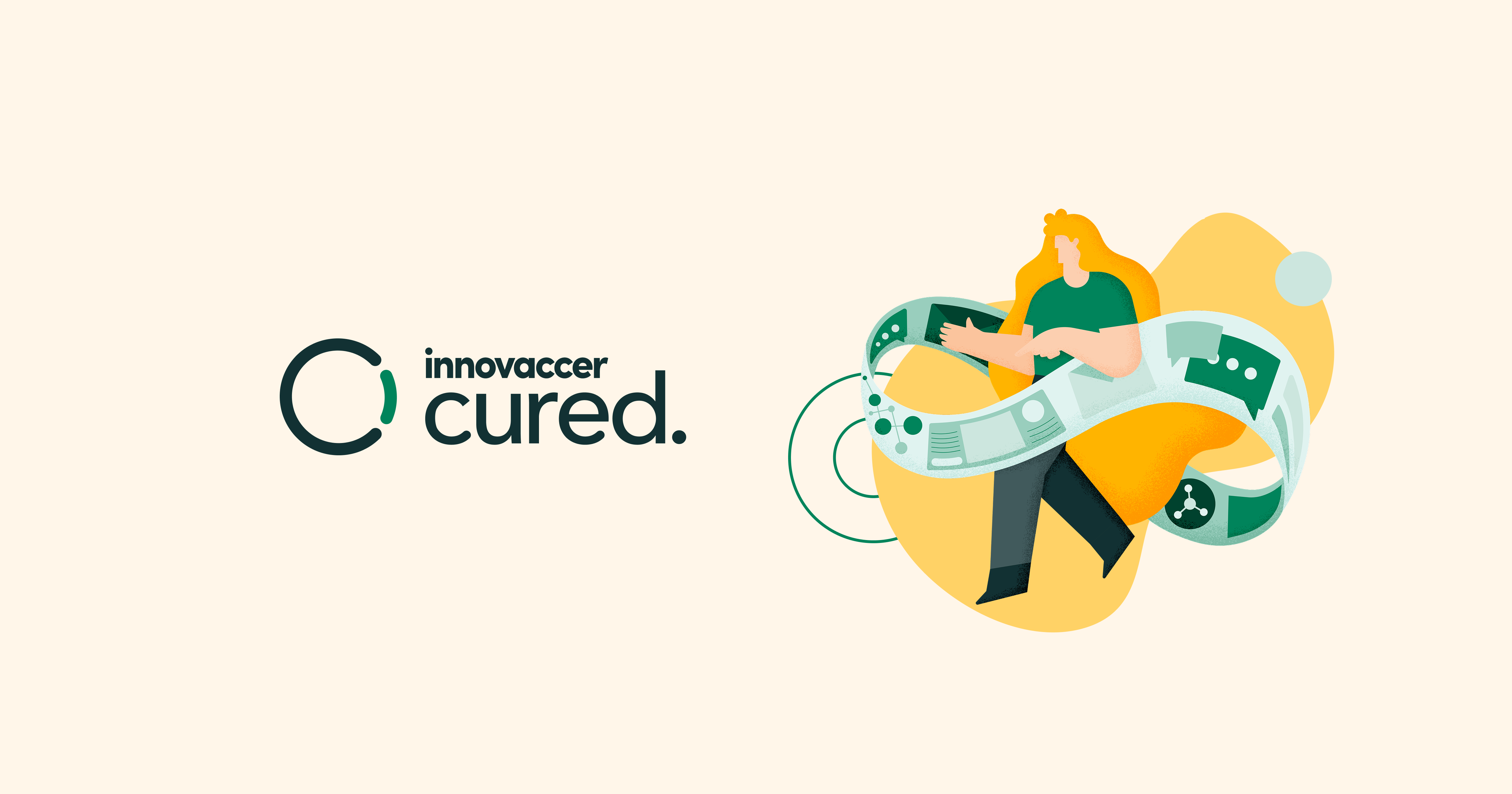the ultimate guide to building a healthcare CDP

Healthcare isn't short on data; it's short on insight. A dedicated CDP bridges that gap, making every patient interaction smarter, personal, and more impactful.
Healthcare organizations today face a disconnect between patient behavior and care delivery. Consider the patient with a history of gestational diabetes who repeatedly visits your Type 2 diabetes risk assessment page, or the individual who schedules and cancels endocrinology appointments multiple times. These digital interactions represent meaningful health-seeking behaviors that remain invisible to most healthcare systems.
The challenge stems from fundamental data fragmentation. Clinical histories reside in EMRs, engagement metrics in marketing platforms, behavioral patterns in website analytics, and scheduling data in separate systems. These disconnected data repositories prevent organizations from identifying and responding to patients actively seeking care.
This fragmentation creates a paradox: healthcare organizations possess vast amounts of patient data yet lack the integrated insights necessary to deliver timely, personalized interventions. Patients demonstrating clear signals of health concerns through repeated content engagement, appointment patterns, or search behaviors remain unidentified and underserved.
The consequence extends beyond missed engagement opportunities. When organizations cannot recognize and respond to these digital indicators, they fail to provide proactive support to patients at critical decision points in their health journey. This gap between available data and actionable insights undermines both patient outcomes and organizational growth.
why healthcare needs its own approach to CDP
Traditional CDPs weren't built for healthcare's unique challenges. They don't speak HL7, can't handle HIPAA's stringent requirements, and certainly weren't designed to merge clinical data with consumer behavior insights. Healthcare organizations need a purpose-built solution that understands the difference between a shopping cart abandonment and a missed mammogram; one carries revenue implications, the other could save a life.
The stakes in healthcare data are fundamentally different. When retail gets personalization wrong, you might receive irrelevant product recommendations. When healthcare gets it wrong, patients fall through the cracks, chronic conditions go unmanaged, and trust erodes in a relationship where trust is everything.
building your healthcare data platform: an actionable roadmap
phase 1: laying the foundation
Start with data governance. Healthcare's regulatory demands it, but beyond compliance, clear governance ensures your CDP remains trustworthy and actionable. Define who owns patient data, how it's accessed, and what triggers updates. Create clear protocols for data quality, establishing single sources of truth for critical information.
Next, assess your current data situation. Most healthcare organizations underestimate their data complexity until they start mapping it. Document every system that touches patient information, your EMR, practice management system, marketing automation platform, patient portal, and even that Excel spreadsheet Susan in billing uses for payment plans.
phase 2: integration without a problem
The word ‘integration’ strikes fear into healthcare IT hearts, and rightfully so. Legacy systems speak different languages, vendors guard their APIs jealously, and downtime isn't an option when patient care hangs in the balance.
Smart healthcare CDPs solve this with pre-built connectors that speak healthcare's native languages. Look for platforms with existing integrations to major EMR systems, demographic data providers, and marketing tools. The goal is configuration, not custom development.
Prioritize bi-directional data flow. Your CDP shouldn't just consume data; it should enrich other systems. When marketing identifies a patient interested in weight management programs, that insight should flow back to care coordinators who can provide clinical support.

phase 3: activating insights at scale
Data without action is just expensive storage. Your healthcare CDP should enable:
Automated journey orchestration: When a patient searches for pregnancy information, your CDP should trigger a nine-month journey of relevant content, appointment reminders, and care resources, adapting based on their engagement and clinical milestones.
Intelligent segmentation: Move beyond basic demographics to behavioral and clinical segments. Target patients who've shown interest in managing chronic conditions but haven't scheduled follow-ups. Identify those whose social determinants suggest they need additional support accessing care.
Proactive intervention: Your CDP should flag when patients deviate from expected care patterns. If someone with diabetes typically refills medications monthly but hasn't in six weeks, that's a signal requiring immediate outreach.
measuring success: kpis that matter
Traditional marketing metrics don't capture healthcare's true impact. While open rates and click-throughs matter, your healthcare CDP should track:
Care gap closure rates: How many identified care gaps result in completed screenings or appointments? This directly ties your CDP investment to improved health outcomes.
Patient lifetime value: Beyond individual transactions, how does personalized engagement impact long-term patient relationships? Track retention rates, service line expansion, and referral patterns.
Engagement quality scores: Develop composite metrics that blend clinical outcomes with patient satisfaction. A patient who completes all recommended screenings while rating their experience highly represents CDP's success.
Operational efficiency gains: Measure how your CDP reduces manual processes. How many fewer hours do care coordinators spend identifying outreach targets? How much faster can marketing launch targeted campaigns?

lessons from the field
the over-personalization trap
In enthusiasm for personalization, some organizations create experiences that feel invasive rather than supportive. Patients want relevant information, not the feeling that someone is watching their every click. Strike a balance by being helpful without being creepy. Use data to inform, not overwhelm.
the integration infinity loop
Perfect integration is the enemy of good integration. Some organizations spend years trying to connect every possible data source before activating their CDP. Start with your highest-value integrations; typically EMR, core demographics, and primary engagement channels. Add additional sources iteratively as you prove value.
the compliance paralysis
HIPAA concerns can freeze CDP initiatives before they start. While compliance is non-negotiable, it shouldn't prevent progress. Work with platforms designed for healthcare compliance from the ground up. Build privacy controls into your architecture rather than bolting them on later.
your next steps
Building a healthcare CDP isn't a technology project; it's a transformation initiative that touches every aspect of patient engagement. Choose a specific use case, perhaps reducing no-shows for a high-value service line, and prove your CDP's value before expanding.
Remember that your CDP is only as valuable as the experiences it enables. Focus relentlessly on patient outcomes and experience. When you make every interaction feel personal and proactive, you're not just building a data platform; you're building relationships that improve lives.



